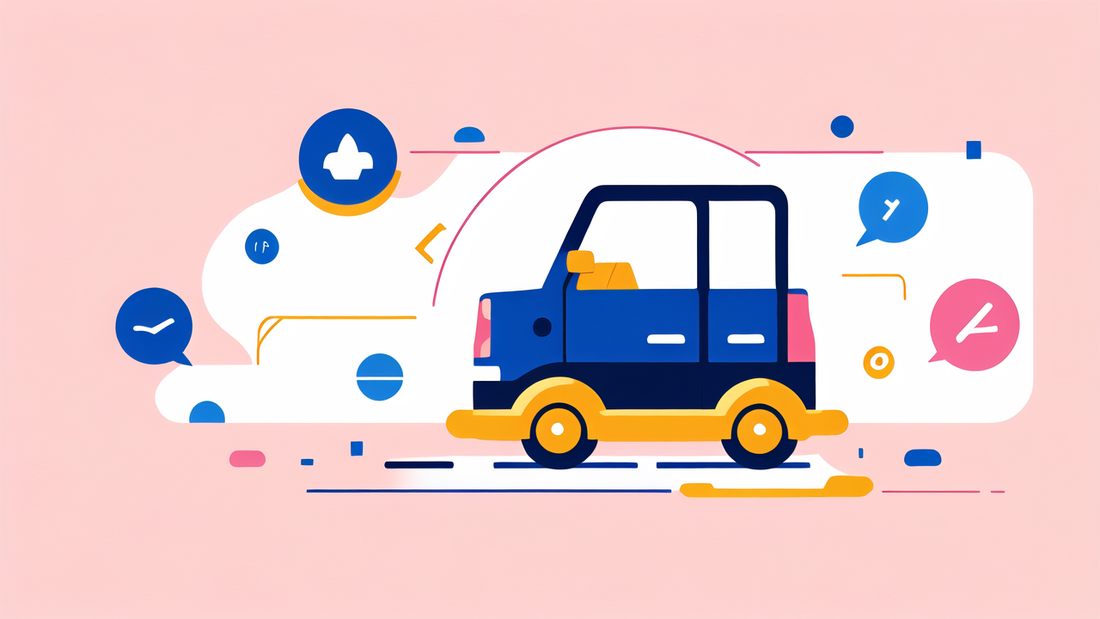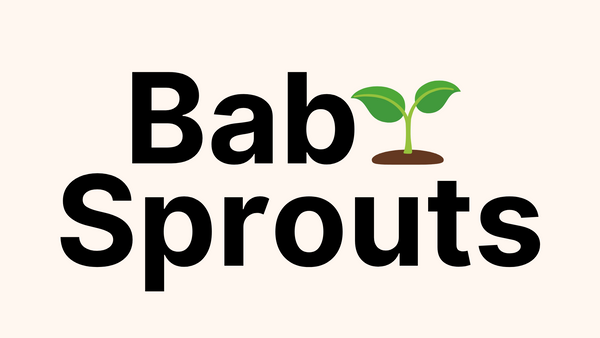
Essential Baby Safety Products Every New Parent Needs
Understanding the Importance of Safety for Babies
The Role of Safety Products in Protecting Your Child
Safety products play a crucial role in keeping babies safe. They help prevent accidents and injuries. These items give parents peace of mind. They create a safer environment for babies to explore and grow. Safety products range from simple to high-tech devices. They cover all areas of a baby's life, from sleeping to eating to playing.

Many products are designed to childproof homes. Others are made for use outside the home. Some safety items are required by law, like car seats. Others are strongly recommended by experts. Using these products can greatly reduce risks to babies. They allow babies to develop in a secure setting.
Why New Parents Are Often Surprised by Safety Needs
New parents often find themselves surprised by the range of safety needs for babies. The world looks different when seen through a parent's eyes. Everyday items can suddenly seem dangerous. Simple tasks become complex when considering a baby's safety. New parents may not realize how mobile babies can be. They're often shocked at how quickly babies learn to roll, crawl, and grab things.
Many are surprised by the number of safety products available. It can be overwhelming to choose what's necessary. Some parents worry about being overprotective. Others fear missing something important. The learning curve for baby safety can be steep. It's normal to feel unsure at first. With time and research, parents become more confident in their choices.
Top Safety Products for Babies
Best Baby Sleeping Bags and Swaddles
Baby sleeping bags and swaddles are essential for safe sleep. They keep babies warm without loose blankets. This reduces the risk of suffocation. Sleeping bags come in different sizes and thicknesses. Choose one that fits your baby's age and the room temperature. Look for bags with armholes for older babies who can roll over.

Swaddles are great for newborns. They mimic the snug feeling of the womb. This can help babies sleep better. Make sure not to swaddle too tightly. Leave room for hip movement. Stop swaddling when your baby starts to roll over. Always place babies on their backs to sleep. Use a firm mattress with a fitted sheet. Keep the crib free of toys and loose bedding.
Must-Have Safety Gear for Baby's First Year
- Car seat: A properly installed car seat is crucial for travel safety.
- Baby monitor: Helps you keep an ear or eye on your baby when in another room.
- Baby gates: Essential for blocking off stairs and unsafe areas.
- Outlet covers: Prevent curious fingers from exploring electrical outlets.
- Corner guards: Protect babies from sharp furniture edges.
- Cabinet locks: Keep cleaning supplies and other dangers out of reach.
- Bathtub thermometer: Ensures bath water is at a safe temperature.
- Smoke and carbon monoxide detectors: Critical for home safety.
- First aid kit: Be prepared for minor injuries and emergencies.
These items form the foundation of a safe environment for babies. Always follow the manufacturer's instructions for use and installation.
Innovative and Eco-Friendly Safety Products for Babies
New safety products are constantly being developed. Many focus on being eco-friendly and sustainable. Silicone teething necklaces for moms are safe and non-toxic. They give babies something to chew on safely. Organic cotton sleep sacks are gentle on baby's skin and the environment.
Smart baby monitors now offer features like breathing tracking. Some can even alert you to changes in your baby's sleep patterns. Eco-friendly, non-toxic play mats provide a safe space for tummy time. Bamboo dishes and utensils are durable and biodegradable. They're safe for babies and better for the planet. Always research new products thoroughly before use.
Finding and Using Safety Products Effectively
Tips on Choosing the Right Products
Choosing the right safety products can be daunting. Start by focusing on the basics. Research products before buying. Read reviews from other parents. Look for items that meet safety standards. Consider your home's layout and your lifestyle. Think about your baby's age and development stage. Some products are only needed for a short time.

Don't feel pressured to buy everything at once. Start with essentials and add as needed. Quality is often more important than quantity. A few well-chosen items can make a big difference. Ask other parents what they found most useful. Remember, the most expensive option isn't always the best. Look for products that are easy to use and maintain.
The Dos and Don'ts of Baby Safety Gear
Dos:
- Do read and follow all instructions carefully.
- Do check for recalls regularly.
- Do use products as intended.
- Do ensure all caregivers know how to use safety gear.
- Do replace items if they become worn or damaged.
Don'ts:
- Don't use second-hand car seats or cribs unless you know their history.
- Don't leave babies unattended, even with safety products in place.
- Don't modify safety products.
- Don't assume all products are safe just because they're sold for babies.
- Don't forget that supervision is key, even with safety gear.
Always prioritize your baby's safety over convenience or aesthetics.
Monitoring and Updating Safety Products
Safety needs change as babies grow. Regularly assess your safety setup. What worked for a newborn may not suit a mobile baby. Check products for wear and tear. Replace anything that's damaged or outdated. Stay informed about new safety guidelines and recommendations. Sign up for recall alerts from manufacturers.
As your baby becomes more active, you may need to add or change safety measures. Be ready to adapt. What you need for a crawling baby differs from a walking toddler. Keep an eye on your child's development. Anticipate new skills and prepare accordingly. Remember, safety products are tools to help you. They don't replace attentive care and supervision.
